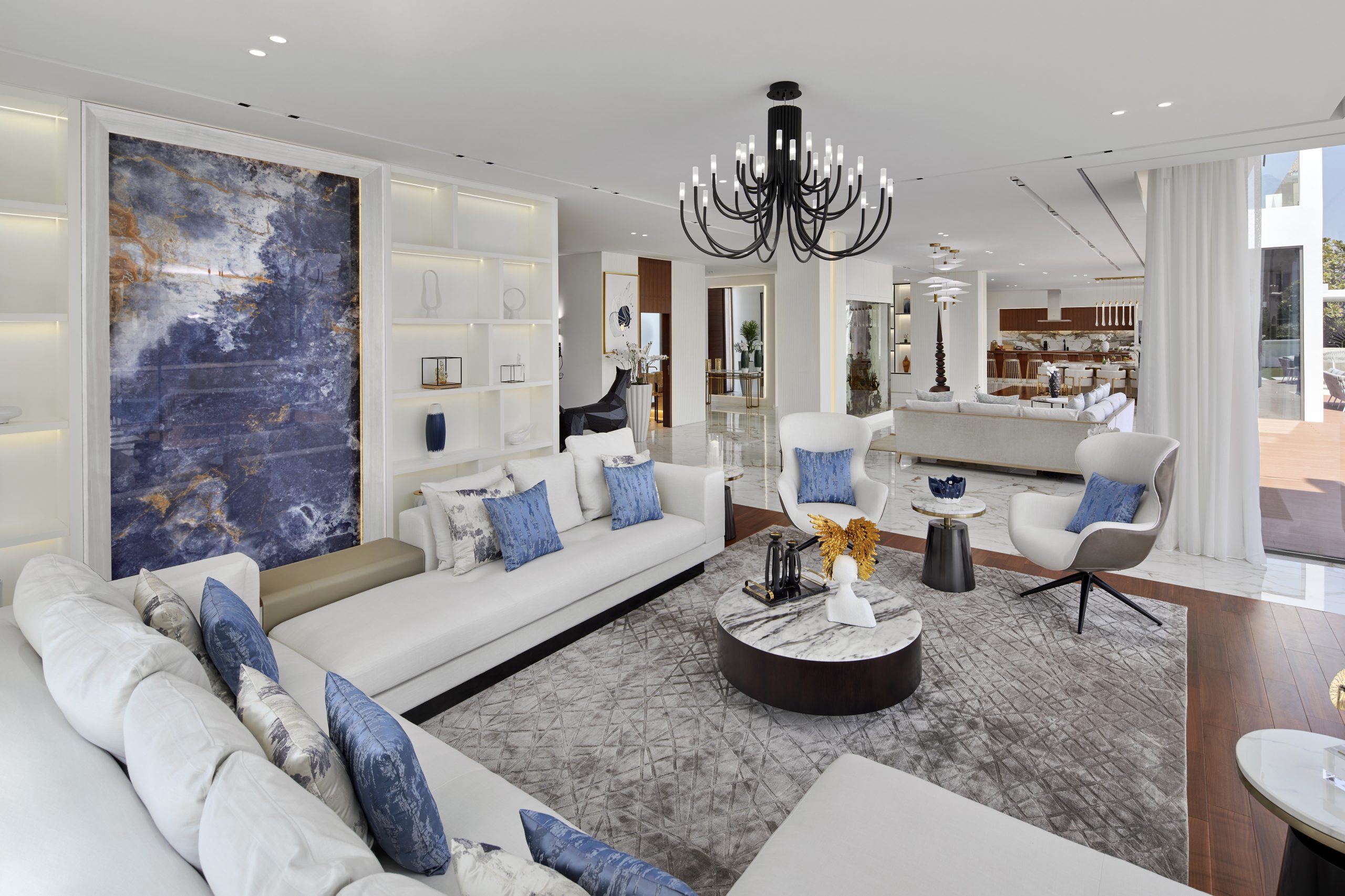Colors are like feelings you can see. A cheerful yellow can make your heart feel light, while a deep blue can quiet a racing mind. Your home is a canvas for these emotions, where every wall sets the stage for how you live and feel.
If you’re ready to give your rooms a new purpose, the following information will be very useful for you.
The emotional pull of warm colors:
Colors like red, orange, and yellow are considered warm. They are energetic and bold. Red is a very strong color. It can make you feel passionate and lively, which is why it can be a great choice for a dining room where you want to encourage conversation. Orange is friendly and cheerful, bringing a sense of warmth to a space. Yellow feels like sunshine and can create happiness. Be careful with these strong colors, as using too much in an interior design project can sometimes feel overwhelming.
The calm of cool colors:
On the other side of the color wheel are the cool colors: blue, green, and purple. These colors are known for their calming effects. Blue is often linked to peace and serenity, making it a perfect choice for bedrooms where you want to rest. Green is very relaxing and refreshing, bringing a piece of nature indoors. It works well in almost any room. Light purple can add a touch of luxury and calm to a space.
The simplicity of neutrals:
Neutrals like white, beige, and gray form the foundation of many rooms. They are like a quiet background. White makes a room feel clean and open. Beige and cream bring warmth and comfort. Gray is a very popular neutral that can feel either cool or warm depending on its undertones. These colors are flexible and help other colors stand out.
Using color to change space:
Color can even trick the eye into seeing space differently. Light colors make a small room feel larger and more airy. Dark colors, instead, can make a big, open room feel cozier and more intimate. If you have a room with a very high ceiling, painting it a darker color can make the ceiling feel lower and the room more comfortable.
Picking colors for a room’s purpose:
Think about what you do in each room. A home office might benefit from a color that helps you focus, like a soft green or a calm blue. A workout room could use an energizing color like orange or red to boost your motivation.
